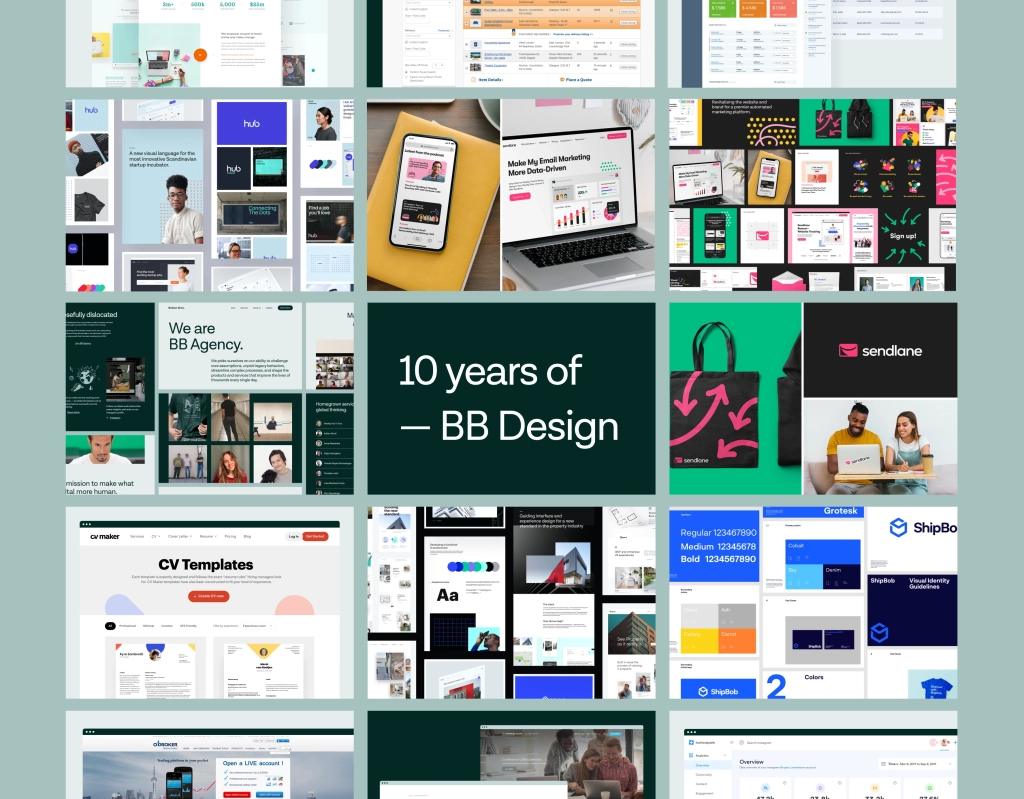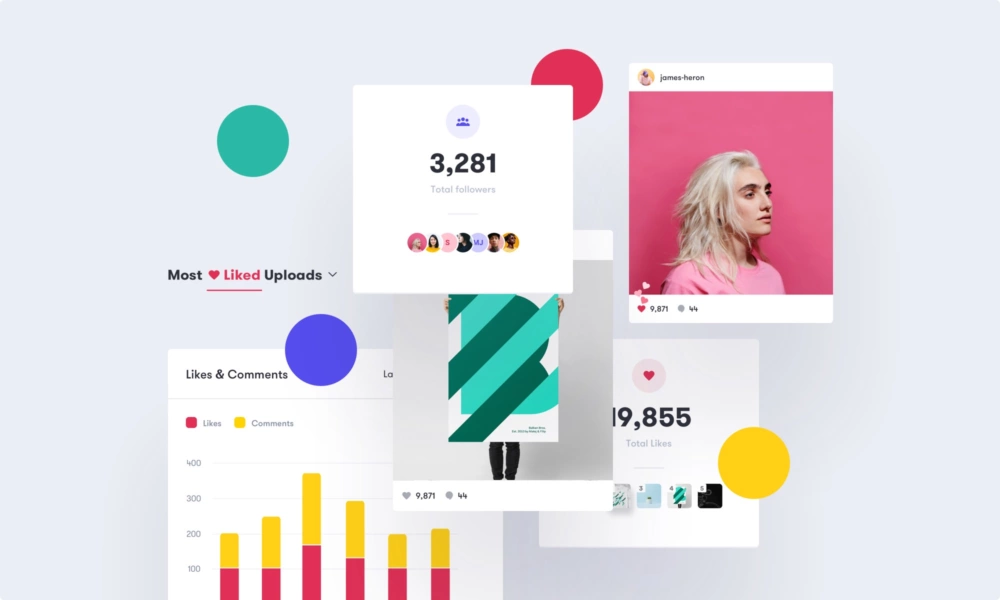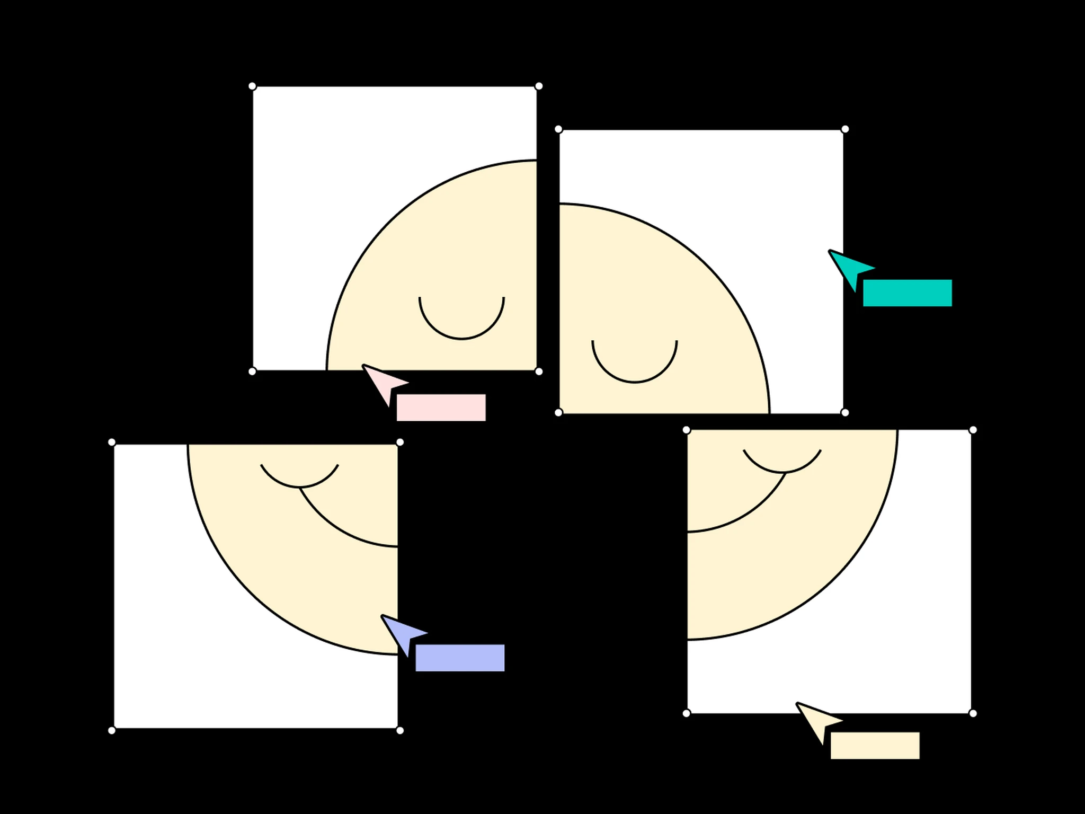Product design is a complex mix of creativity, strategy, and technical prowess. And if we’re being completely honest, the traditional project-based model in product design can feel a bit like trying to build a puzzle with missing pieces. You’ll probably end up with a decent picture, but it’s not quite the well-rounded image you had in mind.
That’s where the retainer model steps in, offering a refreshing alternative that’s all about collaboration, flexibility, and a shared commitment to creating something truly valuable. It’s like having a dedicated design team in your corner, ready to tackle challenges, seize opportunities, and help your product shine.
In this post, we’ll break down the reasons why a retainer model is the foundation for building a successful product—both from a business and production side—drawing from our recent experience with two transformative brands: Kinetik, a health-tech innovator, and Studicata, a legal education pioneer.
#1 It’s Good for the Business
At its core, a retainer model is a flexible, collaborative approach to project management that offers a range of tangible business benefits in streamlining a product development process. We can break them down into four key areas.
Predictable budgeting: Unlike the fluctuating costs and unexpected expenses often associated with project-based work, a retainer model provides a predictable monthly fee. This allows for more effective budgeting, knowing exactly what the investment will be each month.
Strong project visibility: A transparent project management environment can be set up by leveraging different tools (like Teamwork, in our case), providing clients with real-time insights into project progress, upcoming tasks, and overall timelines.
Service flexibility: A retainer model gives clients access to diverse agency experts. Throughout our collaboration, clients can easily tap into our wide talent pool, whether they need an animator, UX researcher, or developer. This eliminates the need to manage multiple vendors, ensuring access to the right skills at the right time.
Scope adjustments: Retainers offer a flexible pool of hours, allowing for unlimited iterations, scope adjustments, and spontaneous brainstorming sessions. This agile approach ensures responsiveness to evolving project needs, with the ability to reallocate or pre-use hours as required.
#2: A Dedicated Design Team (Without the Overhead)
A retainer isn’t just a contract; it’s a partnership that transcends the traditional client-agency relationship. It allows our team to become an integral part of our clients’ in-house teams, acting as a specialized extension that fills in the gaps and amplifies their capabilities.
We’re practically a remote extension of our client’s team, specialized in the things we do best.
Mike Muller, Product Designer at BB
This collaborative model fosters a deep understanding of our clients’ products, business goals, and industry nuances. But it goes beyond just knowledge. It leads to better and more streamlined communication and the ability to be more adaptable to incoming changes.
Our enduring partnership with Kinetik, spanning over two years and counting, is a prime example. Since June 2022, our dedicated team of two UX designers, three product designers, a project manager, and a motion designer have collaborated closely with Kinetik, delivering over 500 screens across two major products: the Trip Scheduler and the Member app. This deep immersion in Kinetik’s world, combined with open communication and a shared understanding of their objectives, has empowered us to respond rapidly to their evolving needs, propose innovative solutions, and even anticipate potential challenges before they arise.
#3: Agility and Adaptability
The product development journey is rarely a straight line. The retainer model allows us to adapt quickly to unexpected twists and turns, ensuring that the product remains responsive to market shifts and emerging trends. This adaptability is crucial for navigating the uncharted waters of innovation.
The design process is never linear, and the ability to have resources for multiple exploration rounds gives much better results.
Elena Kvasova, Senior UX Designer at BB
For Kinetik, the retainer model’s flexibility proved invaluable in two distinct scenarios. First, when faced with an urgent request for a prototype outside the original scope, our cross-functional team of UX designers and product designers, under a watchful eye of our dedicate project manager seamlessly collaborated to deliver a solution, ensuring Kinetik met a critical deadline.
In a second instance, recognizing available resources, we took the initiative to propose enhancing Kinetik’s onboarding experience with animations. This proactive approach, involving our skilled motion designer, added an extra layer of polish and engagement to the app. These examples showcase how the retainer model empowers us to adapt quickly, assembling the right team members and skillsets to tackle unexpected challenges and seize opportunities for improvement.
#4: Permission to Experiment and Explore
Retainers are not just about efficiency and flexibility in resource management; they’re essentially about maximizing a product’s potential. Within a retainer model, both sides get some breathing room to explore unconventional ideas, experiment with new technologies, and push the boundaries of what’s possible.
This open-ended approach is what Dominik, our WordPress Developer, refers to as the “I have an issue, think about how to resolve it” approach.
Instead of having a strict task list, on retainer, we have more freedom to explore creative solutions for items that are not necessarily in the scope or initial plan.
Dominik Kosić, WordPress Developer at BB
Dominik’s work on the Studicata case brief project exemplifies this perfectly. Tasked with converting 50,000 articles from Google Docs to WordPress, he leveraged automation to complete in weeks what could have taken months or years manually. This innovative solution, which likely wouldn’t have been explored within a fixed-scope project, showcased the power of automation in content migration and management, saving countless hours of manual work.
#5: Building Momentum, One Iteration at a Time
Retainers foster a sense of continuity that’s often missing in project-based work. We don’t just build a product and walk away; we stay by our client’s side, iterating, refining, and optimizing based on real-world data and user feedback. This allows us to respond to changing needs and priorities, ensuring that the product remains relevant and effective over time.
In contrast, as Mike points out, “With a project-based model, we often don’t have the time or resources to go back and make extensive changes. We might be able to squeeze them in if there are hours left, but most of the time, it means sacrificing something else.”
This ongoing momentum ensures that a product isn’t just launched, but nurtured and refined throughout its lifecycle.
With a retainer, we have the time and resources to really dive deep into a problem, experiment with different approaches, and ultimately innovate.
Mike Muller, Product Designer at BB
Our sustained collaboration with Kinetik proves this. Over time, we’ve tackled complex features like their recurring schedule system, testing multiple iterations, and innovating new solutions to simplify the user experience.
#6: A Culture of Strategic Collaboration
Retainers create a more collaborative environment, where we work hand-in-hand with our clients’ teams, sharing insights, brainstorming ideas, and co-creating solutions. This open exchange of information and knowledge leads to more sound decisions and ultimately, a better product.
While project-based engagements often rely on a fixed roadmap and scope, retainers are more responsive to our circumstances. As Giuseppe, our UX Researcher, notes, “The beauty of the retainer model is that it allows us to adapt and evolve alongside the project, ensuring the final product truly meets the client’s goals.”
The retainer model enables a true partnership, allowing us to adjust the scope on the fly based on our client’s evolving needs.
Giuseppe Carbonara, UX Researcher at BB
The evolution of our work with Studicata demonstrates this collaborative synergy. What began as a website redesign has blossomed into a multi-faceted partnership encompassing LMS optimization, case brief development, a full-fledged mobile app, as well as support with animations production and other marketing materials. This organic growth was only possible due to the trust and rapport cultivated through our retainer relationship, which allows for multiple designers to seamlessly collaborate on various tasks and initiatives simultaneously.
This dynamic approach allows for ample iterations, exceeding the possibilities of a fixed-scope project. We also hold regular brainstorming sessions with the product owners on the client-side, delving deep into the process to refine and perfect our solutions at every stage.
The Retainer Advantage
The retainer model is more than just a billing structure; it’s a philosophy of partnership, flexibility, and continuous improvement. As the stories of Kinetik and Studicata demonstrate, a retainer model goes beyond a contractual agreement to establish an approach to product design that fosters deeper collaboration, unlocks greater innovation, and drives long-term success.
By opting for a retainer model, our clients are not just hiring a design team, they’re gaining a strategic partner committed to helping their product evolve, adapt, and thrive in an ever-changing market. Here are the true advantages of our retainer model:
- Instant Expertise: Tap into over a decade of experience and established processes, with no need for lengthy hiring or onboarding.
- Transparent Collaboration: Gain full visibility into your project’s progress, budget, and timeline through our robust project management system.
- Systemic Design Solutions: Benefit from our tech-driven, highly organized approach, ensuring design solutions are both innovative and feasible.
- Comprehensive Support: Access a versatile team of experts across various disciplines, ready to integrate seamlessly with your in-house team.
- Global Efficiency: Leverage our time zone differences to receive updates and reviews when you start your day, ensuring a smooth workflow.
- Innovative Perspectives: Gain fresh insights and the latest design trends from our experience across diverse clients and industries.
- Cost-Effective Excellence: Optimize your budget without compromising on quality, achieving outcomes comparable to in-house hires with reduced overhead costs.
Interested in learning more about how a retainer model can benefit your product design process? Click here to explore our Retainer services and discover how we can become your strategic partner in innovation and growth.


